If you're struggling with back pain, you might be surprised to learn how chiropractic adjustments can help. These adjustments not only realign your spine but also work to reduce inflammation and improve circulation. You may find that regular visits can enhance your overall mobility and even prevent future issues. However, the benefits don't stop there; adjustments can also play an essential role in your posture and core stability. Curious about the specific ways these techniques can make a difference in your daily life? Let's explore the seven key aspects that could change your experience with back pain.
Chiropractic Adjustments
When it comes to managing back pain, chiropractic adjustments can be a game-changer. You might be wondering how these adjustments work and why they're so effective. Fundamentally, a chiropractor uses hands-on techniques to realign your spine and improve its functionality. This realignment can relieve pressure on nerves, reduce inflammation, and restore mobility, making a noticeable difference in how you feel.
During your first visit, the chiropractor will assess your posture, mobility, and pain levels. This detailed evaluation helps them identify the root cause of your discomfort. Once they've determined the issue, they'll create a personalized treatment plan tailored to your needs.
You'll likely experience immediate relief after your first adjustment, but it may take multiple sessions to achieve long-term results. Chiropractic adjustments not only target the spine but can also address surrounding muscles and joints. This holistic approach allows for a thorough treatment of back pain, often leading to improved overall health.
You'll find that regular adjustments can help maintain spinal alignment, preventing future issues and enhancing your quality of life. Many people find that incorporating chiropractic care into their routine helps them manage stress and improve their sleep, both of which can contribute to back pain.
Physical Therapy Techniques
Utilizing a variety of methods, physical therapy techniques can greatly alleviate back pain and enhance your overall mobility. These techniques focus on strengthening muscles, improving flexibility, and promoting proper movement patterns. By working with a skilled physical therapist, you'll learn exercises tailored specifically to your needs.
One effective technique is therapeutic exercise, which helps build strength in your core and back muscles. Strengthening these areas provides better support for your spine, reducing strain and discomfort. Your therapist may also incorporate stretching exercises to improve flexibility, which can relieve tension in tight muscles that contribute to pain.
Manual therapy is another vital component of physical therapy. This hands-on approach involves a therapist applying pressure to your muscles and joints, helping to improve circulation, reduce stiffness, and promote healing. You may also experience modalities like heat or cold therapy, which can effectively reduce inflammation and pain.
In addition to these techniques, your therapist might teach you functional training exercises. These exercises focus on movements you perform in daily life, helping you learn how to move efficiently and safely. This training can prevent future injuries and reduce the risk of recurring pain.
Finally, education is an important part of physical therapy. Your therapist will guide you on proper body mechanics and ergonomics, ensuring you understand how to protect your back during everyday activities.
Posture Correction
Good posture plays an essential role in preventing back pain and maintaining overall health.
By recognizing the importance of your body's alignment, you can implement effective techniques to improve your posture.
Let's explore how simple adjustments can make a significant difference in your daily life.
Importance of Good Posture
Maintaining proper posture is essential for preventing back pain and promoting overall spinal health. When you sit, stand, or move with good posture, you reduce the strain on your spine and surrounding muscles. This alignment not only helps you feel better but also enhances your physical performance in daily activities.
Here are a few key reasons why good posture matters:
- Reduces Pain: Good posture minimizes tension in your back and neck, decreasing discomfort.
- Improves Breathing: Proper alignment opens up your chest, allowing for deeper, more efficient breaths.
- Boosts Confidence: Standing tall can enhance your self-esteem and make you feel more assertive.
- Enhances Digestion: Sitting up straight helps your organs function better, aiding digestion.
- Increases Energy: Ideal posture promotes better blood circulation, reducing fatigue during your day.
Techniques for Posture Improvement
Improving your posture requires a few practical techniques that can easily be incorporated into your daily routine.
First, pay attention to your body alignment when sitting or standing. Keep your shoulders back and relaxed, and make sure your ears are aligned with your shoulders. This simple adjustment can make a significant difference.
Next, invest in ergonomic furniture. A chair that supports your lower back can encourage better posture while you work. If you spend a lot of time at a desk, consider using a standing desk or a balance ball to keep your core engaged.
Additionally, practice stretching and strengthening exercises. Incorporate activities like yoga or Pilates, which focus on posture and flexibility. These exercises can help reinforce your body's natural alignment.
Finally, set reminders to check in on your posture throughout the day. You could use an app or sticky notes around your workspace to prompt you to adjust.
Stretching and Flexibility
Stretching and flexibility play an essential role in alleviating back pain and enhancing overall mobility. By incorporating regular stretching into your routine, you can loosen tight muscles and improve your range of motion. This not only helps with discomfort but also prevents future injuries.
Here are some effective stretching techniques you should consider:
- Cat-Cow Stretch: This yoga pose helps to mobilize the spine and relieve tension in your back.
- Child's Pose: A gentle stretch that relaxes the back muscles and promotes flexibility.
- Piriformis Stretch: Targeting the piriformis muscle can help alleviate pain in the lower back and buttocks.
- Hamstring Stretch: Tight hamstrings can contribute to back pain, so stretching them can provide significant relief.
- Hip Flexor Stretch: Stretching your hip flexors can help alleviate tension in your lower back.
Incorporating these stretches into your daily routine can lead to noticeable improvements. Aim to stretch for at least 10-15 minutes each day, focusing on areas that feel tight or sore.
You're not just enhancing your flexibility; you're also making a proactive choice for your back health. Remember to listen to your body and avoid overstretching, as that can lead to further injury.
With consistency and mindfulness, you'll likely find that stretching becomes a crucial part of your strategy for managing back pain and maintaining overall well-being. So grab a mat and start stretching today!
Ergonomic Improvements
To effectively reduce back pain, ergonomic improvements in your workspace and daily activities can make a significant difference.
Start by evaluating your desk setup. Verify your chair supports your lower back and that your feet rest flat on the floor. If your feet dangle, consider using a footrest. Position your computer monitor at eye level to avoid straining your neck. This simple adjustment can prevent discomfort that radiates down your back.
Next, pay attention to how you sit. Sit back in your chair with your back straight, and keep your shoulders relaxed. Avoid slumping or leaning forward, which can place extra pressure on your spine.
If you spend long hours sitting, take regular breaks. Stand up, stretch, and walk around every hour to keep your muscles engaged and prevent stiffness.
When lifting objects, remember to bend at your knees and not your waist. This technique transfers the weight to your legs rather than your back, reducing strain. Use your legs to lift, keeping the object close to your body.
Incorporate ergonomic tools into your daily routine. A standing desk can be beneficial, allowing you to alternate between sitting and standing throughout the day.
Additionally, consider using an ergonomic keyboard and mouse to keep your wrists and hands in a neutral position, reducing the risk of tension that can lead to back pain.
Strengthening Exercises
To combat back pain, strengthening exercises are essential.
You'll want to focus on core stability, flexibility, and resistance training to build a strong foundation.
These practices not only alleviate discomfort but also enhance your overall physical health.
Core Stability Exercises
How can core stability exercises help alleviate back pain? By strengthening the muscles that support your spine, these exercises can improve your overall posture and reduce the strain on your back.
When your core is strong, it helps distribute weight evenly, which minimizes discomfort and promotes better alignment.
Incorporating core stability exercises into your routine can provide numerous benefits, including:
- Improved posture: A strong core supports your spine, helping you maintain an upright position.
- Reduced risk of injury: Strengthening your core muscles protects your back during daily activities.
- Enhanced balance: A stable core contributes to better coordination and stability, making movement easier.
- Increased functional strength: Core stability exercises help you perform everyday tasks with greater ease and less pain.
- Better performance in sports: A strong core enhances your ability to engage in physical activities, reducing the chance of back pain.
Flexibility and Stretching
Incorporating flexibility and stretching exercises into your routine complements the benefits of core stability work. When you focus on flexibility, you're improving the range of motion in your muscles and joints, which can help alleviate tension that contributes to back pain. Stretching not only enhances your physical performance but also promotes better posture, reducing the strain on your back.
To get started, try incorporating gentle stretches like the cat-cow, child's pose, or seated forward bend. These movements can help lengthen tight muscles and increase blood flow, supporting recovery and overall mobility. Aim to stretch regularly, ideally after your core workouts or any time you feel stiffness.
You might also consider dynamic stretches, which involve movement, to warm up before activities. These can include leg swings or torso twists, preparing your body for more intense workouts.
Remember to listen to your body; if something doesn't feel right, ease off and adjust as necessary.
Resistance Training Benefits
Resistance training can markedly enhance your back health by building strength in the muscles that support your spine. When you commit to a regular routine of strengthening exercises, you not only reduce your risk of injury but also alleviate existing pain.
Stronger back muscles help maintain proper posture and stability, which is essential for everyday activities.
Here are some key benefits of resistance training for your back:
- Improved Muscle Strength: Targeting your back, core, and legs increases overall stability.
- Enhanced Posture: Strengthening your upper back can help you sit and stand straighter, reducing strain.
- Pain Reduction: Stronger muscles can relieve pressure on your spine and nerves, easing discomfort.
- Increased Flexibility: Resistance training often incorporates movements that enhance your range of motion.
- Better Balance: A strong back contributes to overall body balance, which is important in preventing falls.
Incorporating these exercises into your routine can have a profound impact on your back health.
Make sure to consult with a professional to develop a program tailored to your needs and abilities, ensuring you get the most out of your resistance training journey.
Mindfulness and Relaxation
Mindfulness and relaxation play vital roles in managing back pain, offering you a way to connect with your body and reduce tension. When you practice mindfulness, you become more aware of your physical sensations, helping you identify areas of discomfort and stress. This heightened awareness allows you to address your pain more effectively, rather than simply ignoring it.
Incorporating relaxation techniques into your daily routine can greatly alleviate back pain. Techniques like deep breathing, progressive muscle relaxation, and guided imagery help calm your mind and body. As you focus on your breath, you can release the tightness that often builds in your back due to stress and anxiety. This not only enhances your overall well-being but also promotes better posture, which is essential for back health.
You can also explore mindfulness meditation. Taking just a few minutes each day to sit quietly, close your eyes, and focus on your breath can help you cultivate a sense of peace. As you practice, you may find that your perception of pain changes, making it feel more manageable.
Additionally, yoga is an excellent way to combine mindfulness and relaxation. Through gentle stretching and mindful movement, you can improve flexibility and strength while soothing your back.
Conclusion
Incorporating chiropractic adjustments into your routine can greatly alleviate back pain and enhance your overall well-being. By realigning your spine, reducing inflammation, and improving circulation, you're taking proactive steps toward a healthier back. Pairing these adjustments with physical therapy, posture correction, and mindfulness practices creates an all-encompassing approach to pain relief. Remember, maintaining good posture and engaging in strengthening exercises can further support your spine. Prioritize your health, and enjoy a more active, pain-free life!



